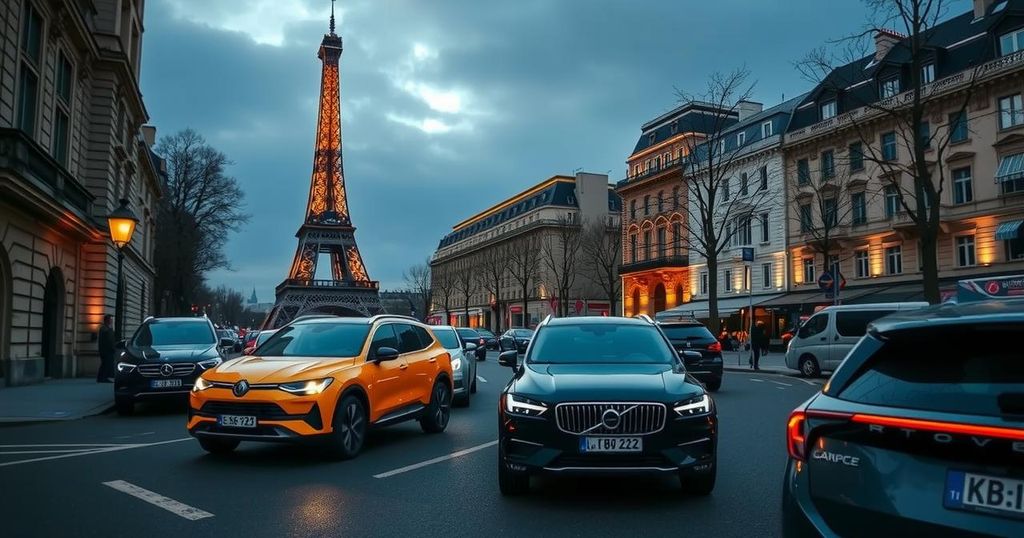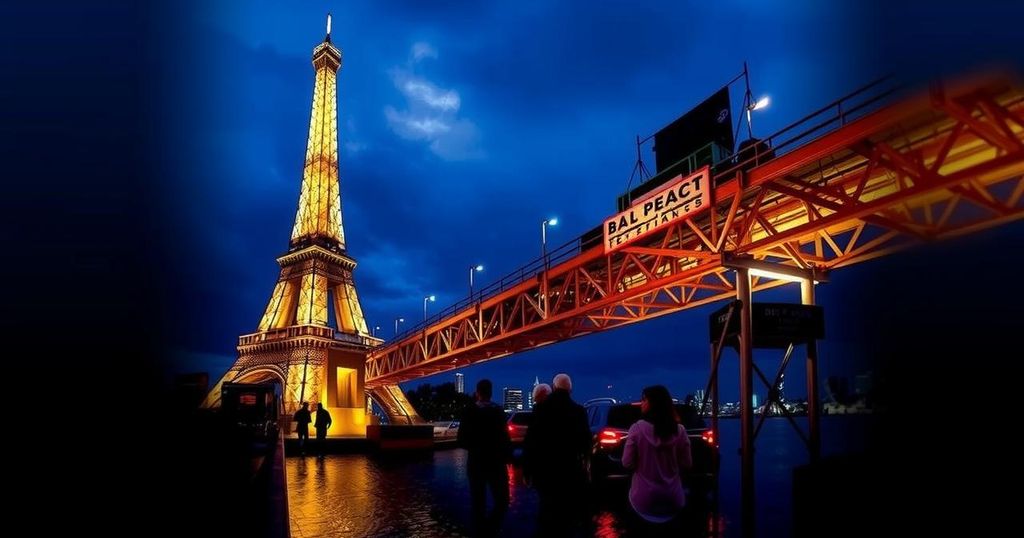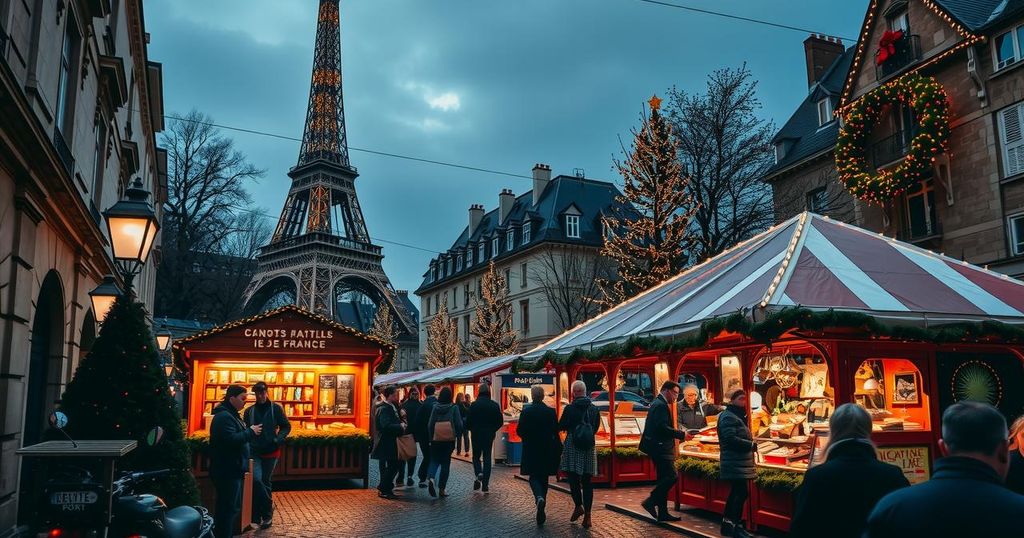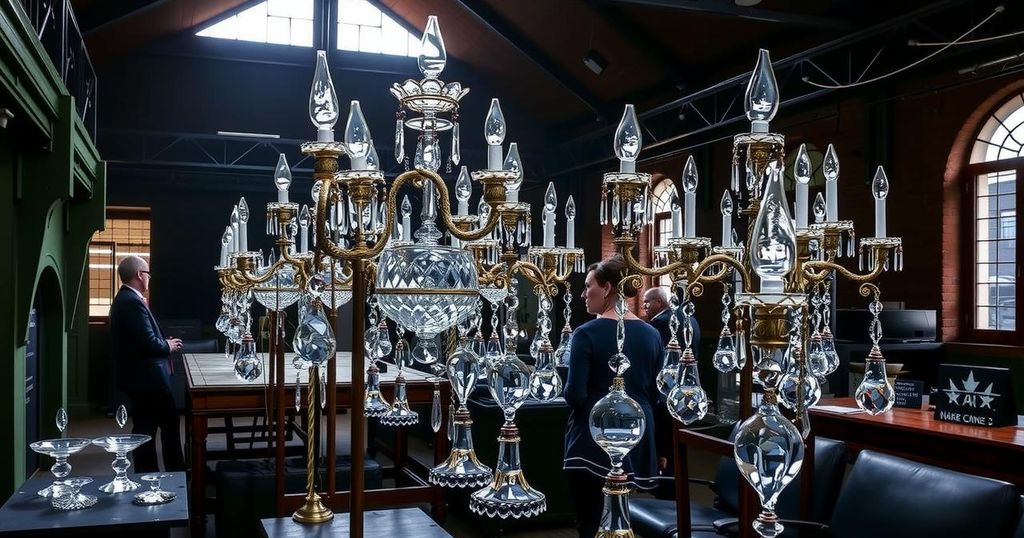Original Source: www.francebleu.fr
The City of Paris is grappling with a significant public safety crisis exacerbated by the presence of SUVs, which many believe pose a greater risk to cyclists and pedestrians. The tragic death of a young cyclist has catalysed calls for stricter regulations surrounding these vehicles, intertwined with discussions on urban mobility and road safety. The city’s leadership, including Mayor Anne Hidalgo, is pushing for legislative changes not only to regulate vehicle types on city streets but also to foster a culture that places the wellbeing of all road users at its core. As road traffic incidents climb, the local government is keen on initiating conversations that aim to reshape transportation norms, ensuring that the rights of pedestrians and cyclists are staunchly upheld amidst the ferocity of urban traffic.
In a bold move that echoes the urgent call for safety in urban spaces, the Paris City Hall has raised its voice against the ever-looming presence of SUVs in the capital. This appeal comes in the wake of a tragic incident involving a young cyclist, Paul Varry, whose life was brutally extinguished by a SUV on a cycle path in October. The emotional weight of his death hung heavy in the air during the council meetings, prompting a sincere moment of silence from the city’s elected officials.
Mayor Anne Hidalgo’s passionate plea resonates throughout the council chambers, urging the government to enact a ban on SUVs, citing their potential dangers in city traffic. She further called for an end to marketing campaigns that glorify these bulky vehicles, painting a picture of a city where roads are not battlefields, but safe passageways for all. The council’s resolution highlights the stark reality: a staggering 53.5% of Parisians navigate the city on foot, amidst escalating violence on the roads.
As the Parisian skyline reflects the despair and longing for change, local senator Ian Brossat has proposed a legislative solution to tackle this pressing issue, advocating for greater authority for local leaders to prohibit heavy vehicles from urban areas. His words remind us that every road represents not just a path, but lives intertwined in a complex web of movement and safety. A palpable determination lingers in the chambers, compelling officials to consider a round-table discussion with the police prefecture dedicated to combating these so-called ‘motorised violences’.
The city stands at a pivotal juncture, where the echoes of cyclists and pedestrians demand to be heard above the rumbling engines. With community spirit ignited, the Parisian council seeks not just to legislate, but to cultivate a cultural shift towards prioritising lives over luxury, and safety over size. As Paris dreams of a future where harmony reigns over chaos, it boldly dares to envision a city free from the imposing shadows of SUVs, where each street becomes a sanctuary for life to flourish, unencumbered.




